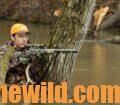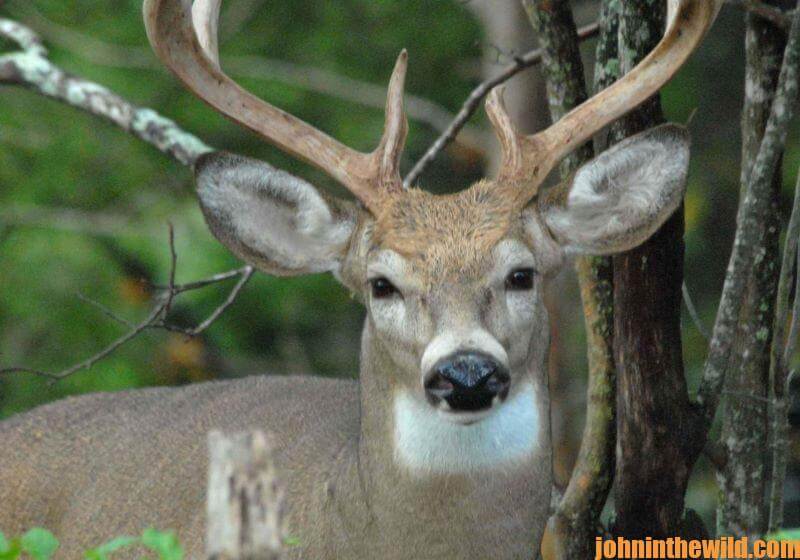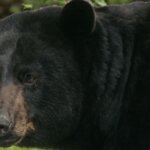Editor’s Note: To take one mature whitetail buck from public-hunting lands is a major accomplishment. But to consistently take older-age-class bucks on public lands in several states year after year, you must have an extraordinary game plan. To take a buck with a composite score of 179 inches (the composite score uses the Boone and Crockett scoring system (https://www.boone-crockett.org/), which includes the number of inches between the main beams, and an official Buckmaster score of 163 inches that doesn’t include the number of inches between the main beams and only scores the amount of antlers that the public-land deer carries is a super accomplishment. So, Jacob Lamar of Athens, Alabama’s Kentucky buck is a buck of a lifetime. In the last almost two decades while hunting public lands in Illinois, Jacob has taken, nine older-age-class bucks. In 2015, he harvested a buck in Kentucky that scored 179 inches. He took two bucks in Tennessee off the same 70 acres – one scoring 138 inches and a second buck scoring 157-4/8 inches. I wanted to know what hunting tactics Jacob had developed to take these big deer on public-hunting lands. Here Jacob tells us in his own words his public-land hunting strategies.
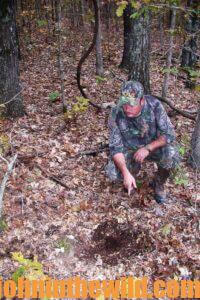
When our friends and my brother Adam and I do our early-season scouting, another tactic we often use is that we will make mock scrapes, even though we know that deer aren’t making scrapes during the summer months. We’ll make those scrapes, so our trail cameras can get pictures of any deer that comes to those scrapes. We don’t make big scrapes and really tear-up the ground like you hope to see if you’re hunting. We’ll make small scrapes that most hunters never will see in the early season in a place where most hunters won’t hunt. Even though the deer aren’t scraping, they’ll come to that scrape and put their noses on the ground where we’ve poured buck urine. The bucks aren’t rutting, but they still want to know if there’s a new buck in their neighborhood.
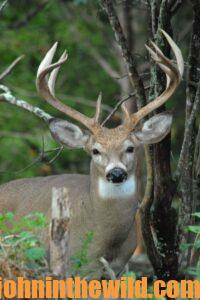
What Are Other Tactics for Hunting Deer
My brother, our friends and I took our first trip to southern Illinois in 2004, after testing and developing our public-land deer-hunting tactics in Alabama and other southern states. The first deer I took on that trip was a buck that would score between 128-130 inches. At that time, this was one the biggest bucks I ever had taken in my life. So, I was hooked on public-land hunting in Illinois.
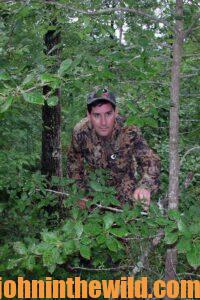
- Search for Out-of-the Way Places to Hunt in Difficult-to-Reach Regions: When I hunt public land in Illinois, I use the same system that we developed when I was in college. I study maps searching for difficult places to reach and scout by putting boots on the ground and placing trail cameras. I’ve learned that most hunters aren’t willing to put climbing tree stands on their backs and carry a bow or a gun and possibly a day pack for a mile or more. When I was in college, I was young, an athlete, and in really good shape. I’d put a 20-pound Summit Viper tree stand (http://www.summitstands.com) on my back and often travel 2 miles away from the closest
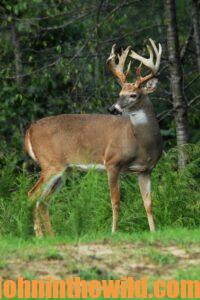 access road to locate a place where no one else would hunt. I used my youth to my advantage and would hike to where other hunters wouldn’t go. I’d climb mountains that other hunters wouldn’t climb and wade swamps that other hunters weren’t willing to wade. Even though the Summit tree stands may be somewhat heavier than some lighter stands, to me, when I’m hunting, they’re much-more comfortable than other stands I’ve used.
access road to locate a place where no one else would hunt. I used my youth to my advantage and would hike to where other hunters wouldn’t go. I’d climb mountains that other hunters wouldn’t climb and wade swamps that other hunters weren’t willing to wade. Even though the Summit tree stands may be somewhat heavier than some lighter stands, to me, when I’m hunting, they’re much-more comfortable than other stands I’ve used.
- Don’t Hunt Where There’s Lots of Deer Sign: Another fact that has added to all of our hunting success is we don’t plan to hunt where we see a lot of deer sign. We’ve learned that older-age-class bucks usually are more solitary. Often, they don’t use the main trails that the other deer on a property use. If a big field is adjacent to a hardwood thicket on public land, and there’s good deer sign and deer trails going into that field and into the hardwoods, most public-land hunters will set-up on those well-used trails. But I may follow those trails a mile or more away from the field and look for a steep mountain that may have a little bench either halfway up the mountain or closer to the top than it is the bottom. Before I climb that mountain to check out that bench, I’ll often say to myself, “I hope this climb will be worth the effort.” Many times, when I get to a place like that, if I see a few big tracks and not a lot of other deer sign, that’s probably where I’ll hunt. Another rule that I’ve learned that tends to be consistent when I’m hunting public lands is the bigger the buck, the smaller the place he’ll live in during daylight hours.
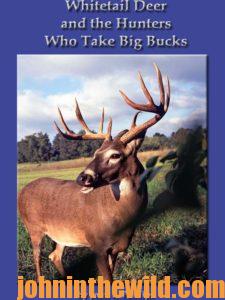
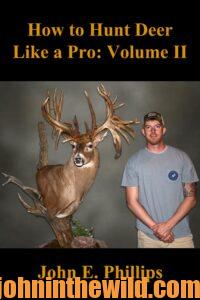 To learn more about hunting deer, watch for John E. Phillips’ newest deer book, “How to Hunt Deer Like a Pro: Volume II,” due out in print by October 1, 2022, and in Audible by November 1, 2022. Also, check out John’s book, “Whitetail Deer and the Hunters Who Take Big Bucks,” available in Kindle, print versions and Audible at http://amzn.to/2bYwYOK. You may have to copy and paste this link into your browser. When you click on this book, notice on the left where Amazon says you can read 10% of this book for free and hear 10% for free. On the right side of the page and below the offer for a free Audible trial, you can click on Buy the Audible book. To see more of John’s deer books, visit www.amazon.com/author/johnephillips.
To learn more about hunting deer, watch for John E. Phillips’ newest deer book, “How to Hunt Deer Like a Pro: Volume II,” due out in print by October 1, 2022, and in Audible by November 1, 2022. Also, check out John’s book, “Whitetail Deer and the Hunters Who Take Big Bucks,” available in Kindle, print versions and Audible at http://amzn.to/2bYwYOK. You may have to copy and paste this link into your browser. When you click on this book, notice on the left where Amazon says you can read 10% of this book for free and hear 10% for free. On the right side of the page and below the offer for a free Audible trial, you can click on Buy the Audible book. To see more of John’s deer books, visit www.amazon.com/author/johnephillips.
Tomorrow: Take a Public Land Deer of a Lifetime

